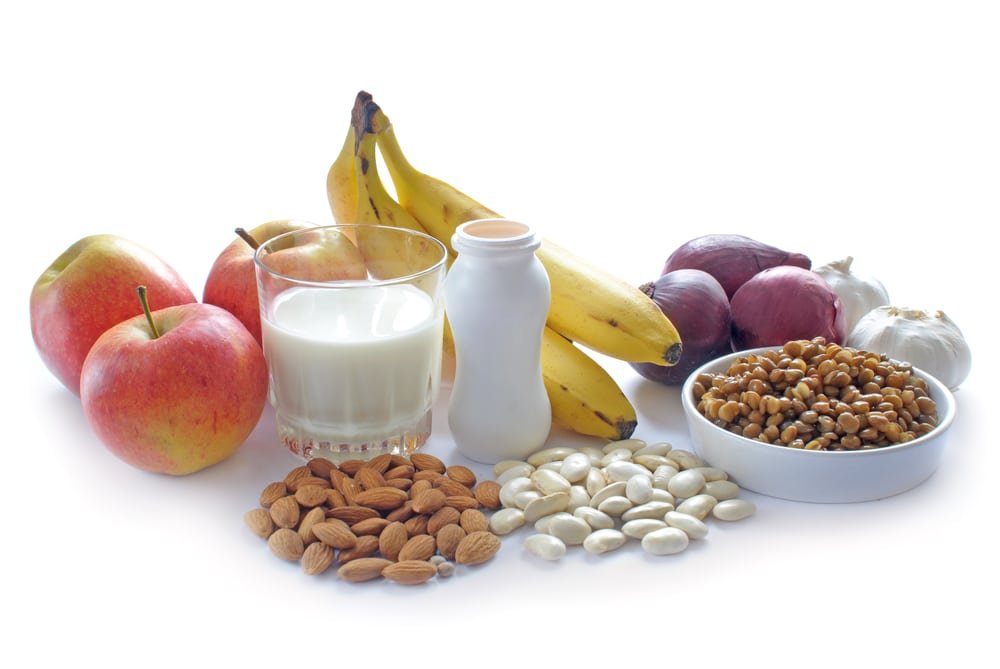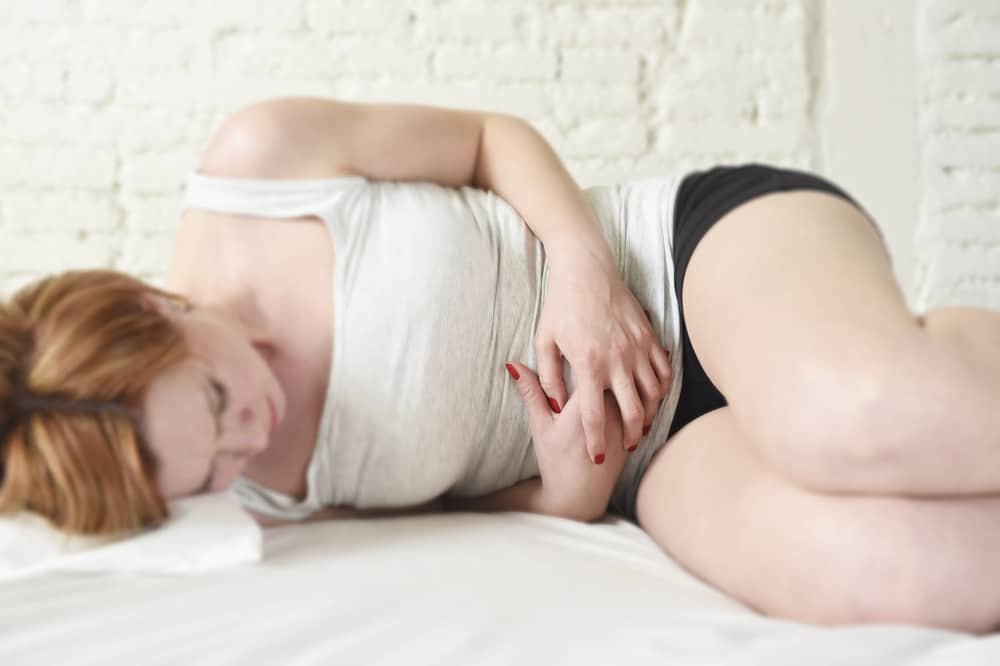Low blood pressure is often viewed as desirable by the majority of people, as most people will not experience adverse effects from low blood pressure. But, that’s only half of the story. The other half is determining how low is exactly too low, and how it can affect your life.
Normal Blood Pressure
A normal blood pressure reading is roughly equivalent to 120/80, with the first or top number indicating systolic pressure, and the second or bottom number indicating your diastolic blood pressure. Systolic pressure is a measure of the force exerted by blood after leaving the heart, whilst diastolic pressure is a measure of pressure in-between each heartbeat. Higher diastolic pressure could indicate that the high pressure is preventing adequate full contraction/ relaxation of the heart.
Blood pressure is classified as low when readings obtained are in the vicinity of 90/60, since beyond this point adverse effects from hypotension are likely to be observed.
Types Of Low Blood Pressure
Physicians usually classify hypotension as belonging to one of several types, generally according to the cause. These include:
Orthostatic Hypotension
Also referred to as postural hypotension, this usually involves a drop in blood pressure from rapidly changing positions, especially when transitioning from a seated to standing position too fast.
This occurs as a result of blood pooling in your legs, but failing to travel upwards in an efficient manner. Lightheadedness and even fainting can occur in such instances as blood does not reach back your brain rapidly enough.
Postprandial Hypotension
After we consume a meal, our body diverts blood flow to facilitate nutrient absorption and digestion. In normal people, this is not a problem, but there are cases whereby the compensatory mechanisms fail, and what you have is a significant redirection of blood flow away from the periphery and towards the intestines.
As a result, you may experience short-term bouts of low blood pressure while food is being digested and absorbed.
Neural Hypotension
This type of hypotension usually affects children and young adults, and is most likely to manifest itself after prolonged standing. In some ways, this can be considered as a type of opposite from postural hypotension, and is likely believed to be due to miscommunication between the brain and the heart.
Causes Of Low Blood Pressure
It is important to realize that there are adults who have naturally lower blood pressure levels, which border on that classified as hypotension but without ever experiencing any adverse effects. These individuals are even at an advantage when it comes to possessing a reduced risk of heart disease and stroke, but are prone to other complications as well.
That aside, there are cases when a person with blood pressure otherwise considered normal may experience disrupted values. Causes include:
Dehydration– this can cause acute hypotension, in the sense that it comes on quickly if not addressed. This usually occurs when the amount of water lost is greater than that amount ingested within a period of time, causing a reduction in blood volume. When blood volume decreases, there isn’t enough fluid to create vascular pressure and the heart struggles to pump blood.
Loss Of Blood– any condition that reduces the amount of blood or blood volume can increase the risk of hypotension. After an accident, for example, blood loss may cause low blood pressure and shock if transfusions or fluid is not administered to help normalize pressure.
Pregnancy– during pregnancy the body usually expands its vascular network to be able to meet the needs of the growing baby. As a result, blood pressure may experience a drop as blood needs to now be distributed to a wider surface area. Blood volume may also increase in some women and even cause pre-eclampsia (pre-hypertension).
Heart Disease– conditions affecting the heart that cause reduced beats (bradycardia), heart attacks that cause a portion of the heart musculature to die, or heart failure when the heart struggles to pump blood can all contribute to hypotension.
Poor Diet– a diet that does not support the creation of red blood cells is also likely to be a contributor to hypotension. In particular, low intake of dietary iron and B vitamins can lend itself to development of low blood pressure.
Medication– including diuretics which cause removal of fluid from the body, medication used in the treatment of erectile dysfunction, high blood pressure medication, and even certain anti-depressants.
Symptoms of Hypotension
If you’ve had normal blood pressure for most of your adult life but now find yourself having episodes of hypotension, it is important to observe symptoms that you can refer to your physician at a later date. Some symptoms may include:
Treating Low Blood Pressure
Unless low blood pressure is actively causing you problems, it typically does not require treatment. However, if you have been experiencing frequent bouts of dizziness, syncope (fainting) or other symptoms, there are a few simple steps you can take to help raise your blood pressure readings to an acceptable level. They include:
Drinking more fluid – many people are chronically dehydrated, or walk around with low grade dehydration much of your lives and don’t realize it until something goes wrong. Working to increase the amount of fluid you consume every day is a great step in the right direction, and as long as you’re not actively losing more than you consume, you should see an improvement.
Consume more sodium – doctors routinely recommend actively restricting the amount of table salt we consume daily, as it is a strong contributor to hypertension and heart disease. However, if you struggle with low blood pressure, it can be just the thing to help you achieve an optimal blood pressure reading.
Of course, you should consult your physician before doing this to weigh the pros against the cons.
Compression socks – also known as compression stockings, these ingenious medical devices help to exert continuous gentle pressure on the legs, to help blood move upwards back especially after sitting for a prolonged period of time. Compression stockings are a mainstay in the management of varicose veins, as people with this condition have dysfunctional valves that cause pooling of blood in the legs.
Restricting alcohol intake – yes, even though alcohol is fluid, it is not helpful in any way. Alcohol acts as a diuretic, helping to flush further water out of your body. This can worse low blood pressure, even though you may think you did consume some sort of liquid.
Summary – Low Blood Pressure
The good news is that in most cases, low blood pressure is not very serious and is unlikely to cause you any problems down the road. However, there are individuals struggle with hypotension on a daily basis, and need to make interventions in order to reduce the impact on their lives.
If you observe your blood pressure treading very close to the 90/60 mark, and are actively noticing side effects attributed to this, don’t hesitate consult your physician. There could be a more serious pathogenesis at the source of your low blood pressure.
Sources:
https://www.mayoclinic.org/diseases-conditions/low-blood-pressure/diagnosis-treatment/drc-20355470
https://www.webmd.com/heart/understanding-low-blood-pressure-symptoms
http://www.heart.org/en/health-topics/high-blood-pressure/the-facts-about-high-blood-pressure/low-blood-pressure-when-blood-pressure-is-too-low

